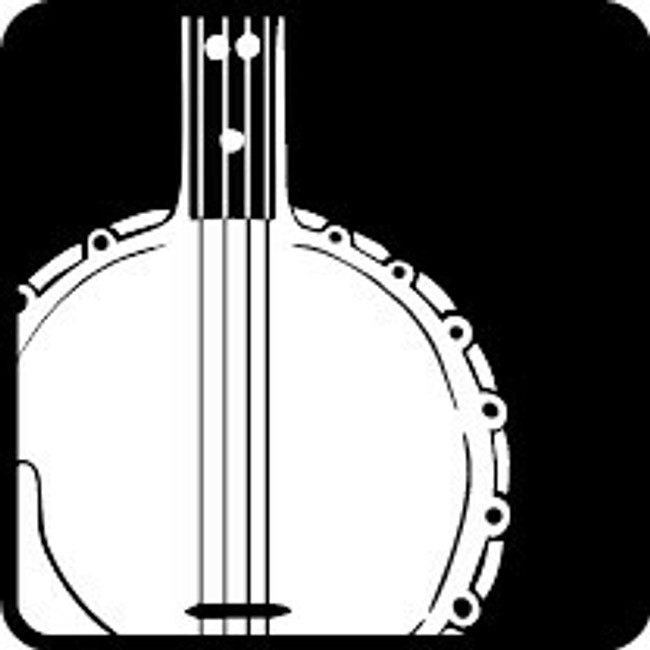- Home
- Strings by Instrument
- Folk & World Strings
- Oud Strings
- Home
- Strings by Instrument
- Folk & World Strings
- Oud Strings

Oud Strings
The oud, originating from the Middle East, is a pear-shaped, fretless stringed instrument with a short neck. Typically, it features 11 strings arranged in six courses, although some models may have five or seven courses, resulting in 10 or 13 strings, respectively.
Closely related to other types of lutes, including Western lutes that evolved from the Medieval Islamic oud, similar instruments have been utilized in the Middle East since ancient times, predating Islamic Persia. Various countries, such as Turkey, Arabic regions, and the Middle East, as well as Balkan countries, developed their own versions of the oud. Unlike Western lutes, the oud lacks frets and has a smaller neck. It directly descends from the Persian barbat lute.
Different oud traditions feature distinct tuning methods. In the Arabic tradition, one common tuning pattern for the strings is D2 G2 A2 D3 G3 C4 for single string courses or D2, G2 G2, A2 A2, D3 D3, G3 G3, C4 C4 for courses of two strings. In the Turkish tradition, the "Bolahenk" tuning is prevalent, with the strings tuned C#2 F#2 B2 E3 A3 D4 for single string courses or C#2, F#2 F#2, B2 B2, E3 E3, A3 A3, D4 D4 for courses of two strings. It's noteworthy that in the Bolahenk system, the C2 and F2 are tuned 1/4 of a tone higher than a standard c or f.